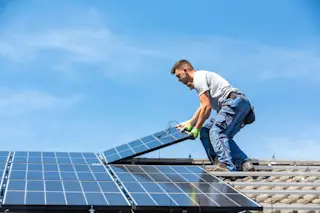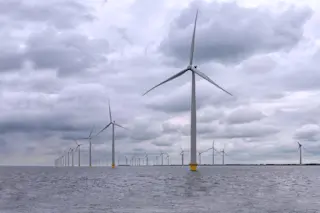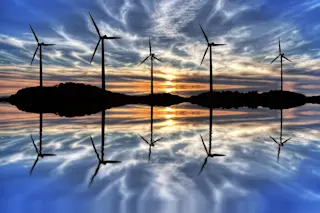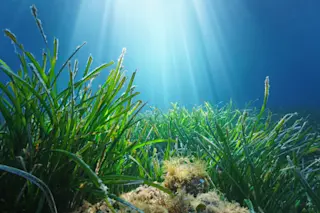The Tiny German Village That Went Off the Grid
A small town in Saxony has figured out how to run entirely on biomass—and create an energy surplus.
More on Discover
Stay Curious
SubscribeTo The Magazine
Save up to 40% off the cover price when you subscribe to Discover magazine.
Subscribe












